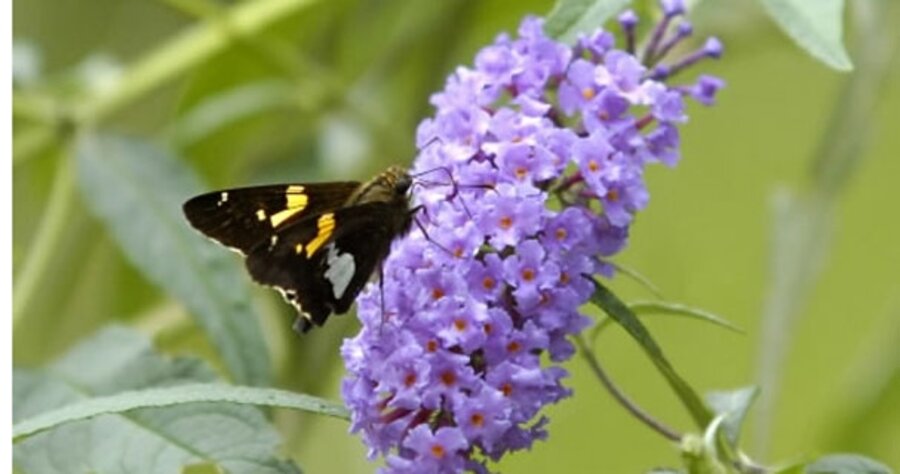Butterfly helpers
Loading...
| GREENWICH, Conn.
Traipsing through the butterfly garden at Greenwich Point, Pavel Bure, 12, armed with a net, was hot on the trail of a monarch butterfly.
“They are a lot harder to catch,” he said.
Pavel was one of more than 20 people who came out recently to participate in the Bruce Museum’s first monarch butterfly tagging program.
People scoured the park for the species to place a small tag on their wing, then release them to track the insect’s migratory patterns.
Each year starting in late August, the butterflies migrate south along the coast toward Mexico, according to Sheean Haley, manager of outreach education at the museum.
“Monarchs are not considered endangered, but their migration is considered threatened,” she said.
Scientists have begun tracking the species to better understand why they make this trip each year and what can be done to prevent further erosion of their habitat, Ms. Haley said.
Whether it’s chemicals in trees or weeds, big storms, droughts, or deforestation, their habitat is slowly deteriorating, she said.
“Tagging is way to piece together why they are where they are,” she said.
Each participant in the butterfly tagging program was given a sheet to record the tag code, date, sex, and tagging location, so that when scientists happen upon the insect they can learn more about it, she said.
Those who attended came out primarily because of their interest in butterflies and nature.
Riverside, Conn., resident Victoria Quatrone said her 5-year-old grandson Daniel Loperena has always been fascinated with butterflies. His mother had ordered a butterfly kit and he has grown up watching them grow from cocoons to butterflies.
“He just loves them,” she said.
But with damp weather, only one monarch was spotted in the one hour that people were searching. None were caught.
But that’s all part of the process, Haley said.
“Scientists deal with this all the time,” she said, “but there is always another day.”
Haley encouraged those who attend to continue to look for monarchs and tag them and record the data.
As part of the program, Haley also gave a brief lecture on monarchs explaining their habitat. The insects live in fir and other trees, and feed on milkweed, she said.
Sara Thornton, 10, said she learned a lot about butterflies, including the differences between monarchs and other species as well as how to tag them.
“I love butterflies,” she said. “I think it’s cool that we got to see a live species and see the tags go on one them.”
This is the first year that Bruce Museum educators have offered it as a public program, said Carolyn Rebbert, curator of science.
“I saw another organization doing it and thought that this would be something easy for the Bruce to put on, and it’s an attractive program of citizen science,” she said.
The Bruce Museum will be hosting another butterfly tagging event later in September.





